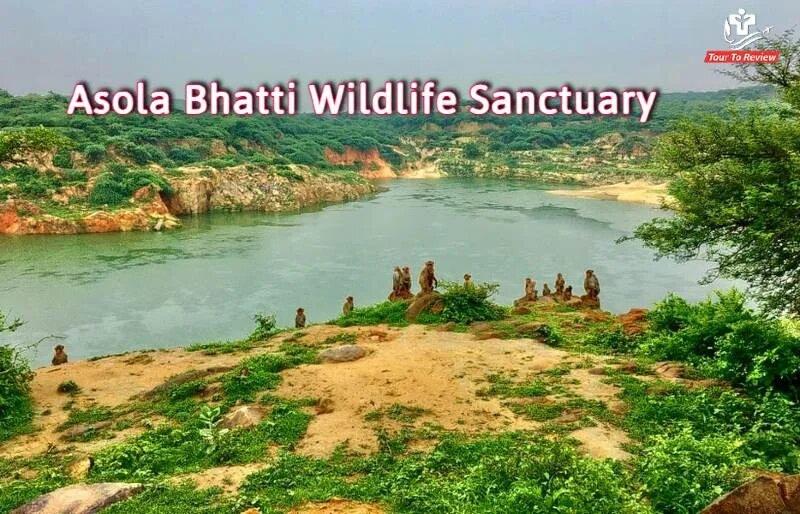Asola Bhatti Wildlife Sanctuary: A Biodiversity Haven

In the bustling metropolis of Delhi, amid the concrete jungles and urban chaos, lies a hidden gem for nature enthusiasts and wildlife lovers - the Asola Bhatti Wildlife Sanctuary. Spanning over 32 square kilometers, this sanctuary is a tranquil oasis that shelters a rich and diverse array of flora and fauna, providing a much-needed respite from the city's fast-paced life.
Located at the southern border of Delhi, the Asola Bhatti Wildlife Sanctuary boasts a unique landscape that includes undulating hills, rocky outcrops, grasslands, and thorn-scrub forests. This varied terrain creates an ideal habitat for a wide range of wildlife species, making it a biodiversity hotspot. The sanctuary is home to various mammalian species, including Indian gazelles, blackbucks, jackals, mongoose, and the occasional leopard. Birdwatchers are also in for a treat as the sanctuary attracts numerous avian species, such as peafowls, red collared doves, and Indian rollers, making it a birding paradise.
Beyond its fauna, Asola Bhatti also shelters a plethora of plant species, some of which are native to the region and are found in abundance. The sanctuary's diverse vegetation includes dhok, teak, palash, ber, and a variety of shrubs and grasses. These plant communities play a vital role in maintaining the ecological balance of the region, ensuring a sustainable environment for both wildlife and humans.
Conservation efforts at Asola Bhatti Wildlife Sanctuary have been commendable. Various organizations and government bodies have joined hands to preserve and protect this invaluable natural habitat. Eco-tourism initiatives have been introduced to promote responsible tourism while raising awareness about the importance of preserving our natural heritage.
For nature enthusiasts and adventure seekers, the sanctuary offers several trekking trails and nature walks. These activities not only allow visitors to immerse themselves in the beauty of the wilderness but also help foster a sense of appreciation and understanding of the delicate ecosystems that need safeguarding.
However, despite the ongoing conservation efforts, the sanctuary faces challenges such as encroachment, pollution, and habitat fragmentation due to urban expansion. It is imperative for the authorities and the public alike to come together and take proactive measures to safeguard this precious ecological sanctuary.
In conclusion, the Asola Bhatti Wildlife Sanctuary stands as a testament to the coexistence of nature and urban life. A haven for biodiversity amidst the chaos of Delhi, it offers a unique opportunity for city dwellers and tourists to reconnect with nature and gain a deeper understanding of our responsibility in preserving these invaluable natural treasures for generations to come.
- Art
- Causes
- Crafts
- Dance
- Drinks
- Film
- Fitness
- Food
- Games
- Gardening
- Health
- Home
- Literature
- Music
- Networking
- Other
- Party
- Religion
- Shopping
- Sports
- Theater
- Wellness
- IT, Cloud, Software and Technology


